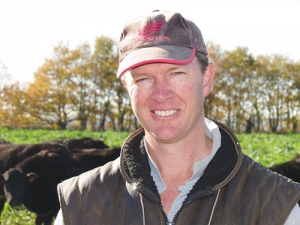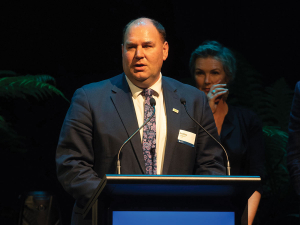Some farmers in Hawkes Bay have suffered big lamb losses as a result of the recent floods.
Federated Farmers provincial president Will Foley, who farms in Central Hawkes Bay, lost 400 lambs, and he says farmers in northern parts of the province lost more.
Some farmers lost upwards of 1000 lambs and others have lost calves. The heavy rain in the region has also caused slips on farms, damaging tracks and other infrastructure.
AgFirst consultant in Hawkes Bay Phil Tither says lambing is condensed on many of the high-performing sheep farms in the region, a possible reason for the high lamb losses on some farms.
Tither has also had reports that some older lambs didn't survive the heavy rain, which he says is unusual.
"There will be individual farms hit badly, but as a region [there won't be] a large impact overall," Tither told Rural News. "Prior to this downpour, the weather for lambing was good from a survival perspective. As region it will probably average out, but for individuals it's a different story."
Tither says farmers are looking to get some sun on their lambs. He adds that the flipside is that all the rain has had a positive effect on farms because many people were worried about the dry weather they had been experiencing.
"I was updating a lot of Farmax models with a pasture growth rates forecast based on what El Nino might bring. Quite a few of our clients were running low pasture growth plans and looking at how their stock would cope with that," Tither says.
"Now we have all breathed a sigh of relief and we can go back to plan A and put plan B aside. However in six or eight weeks we might be pulling plan B out again."
Tither says this latest rain has given put enough moisture in the ground to get good spring growth rates for a reasonable time.











